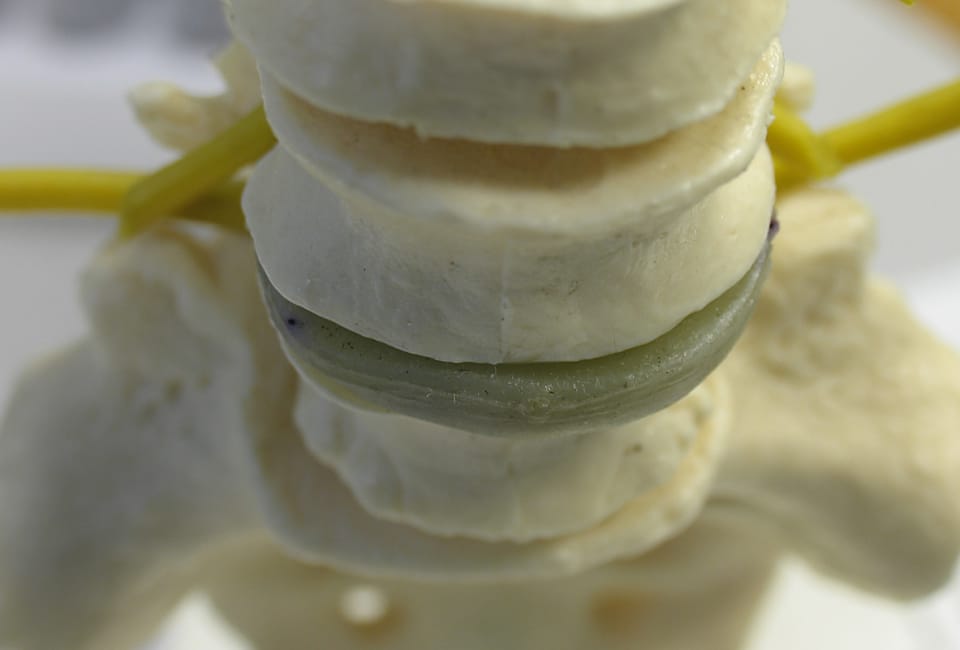
Patients who have not found pain relief through conservative (nonsurgical) care and have suffered a diminution in their quality of life and ability to function because of a symptomatic degenerated disc should educate themselves and discuss the benefits and risks of each type of surgery with their physician.
Benefits of Degenerative Disc Disease Surgery
In addition to possibly improving one’s quality of life, there are some benefits to surgery:
- Once the disc has been identified as the source of pain, surgery directly treats that source by removing the degenerated disc. Non-surgical interventions focus on managing the pain and improving back functionality but do not reverse the pathologic process of disc degeneration.
- Surgical techniques and devices continue to evolve so that the outcomes of procedures improve. Less invasive fusion techniques, artificial discs, newer bone harvesting techniques, and bone graft substitutes constitute real breakthroughs that expand surgical options for patients.
There are two main types of surgery used to treat pain and symptoms from lumbar degenerated disc: lumbar fusion surgery and artificial disc replacement.
Lumbar Fusion Surgery
Lumbar fusion is designed to stabilize or stop the motion of, the vertebral segment where the degenerated disc is located. The operation involves accessing the segment through a back and/or stomach incision (both of which require moving muscles and ligaments), and typically inserting hardware (such as pedicle screws) along with an interbody cage, spacers, or structural bone graft) to temporarily immobilize the affected segment while the fusion is healing.
Artificial Cervical Disc Replacement Surgery
Artificial Cervical disc replacement (ACDR), sometimes called total disc replacement (TDR), is a newer and somewhat more complex procedure than fusion.
Artificial disc replacement surgery involves the following steps:
- Accessing the affected vertebral segment by making an incision in the lower abdominal wall;
- Dissecting behind the “six-pack” muscles;
- Working behind the bag of abdominal contents without disturbing them;
- Removing the degenerated disc;
- Restoring the height of the collapsed disc;
- Remobilizing the segment by releasing the contracted ligaments around the disc;
- And inserting an artificial disc in the correct position.
This type of surgery has been available in some countries for a number of years, and in the US one technology was made generally available in 2004.



